X
Electric hoists represent their own machinery, strength, and toughness, while the stage is elegant, flowing, and soft, with conflicts and collisions between the two.
In the exciting world of stage performance, stage electric hoists play a crucial role. It can safely and efficiently enhance and move various stage equipment and props, providing strong support for
Category : W12 Stage Electric Hoist
Get a Quote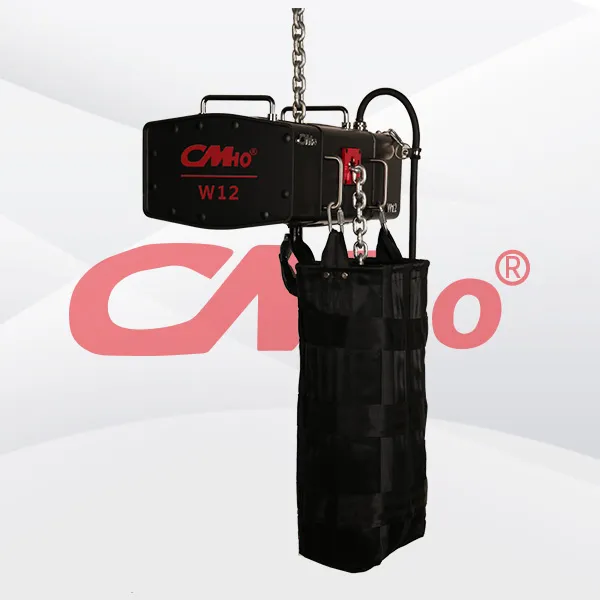
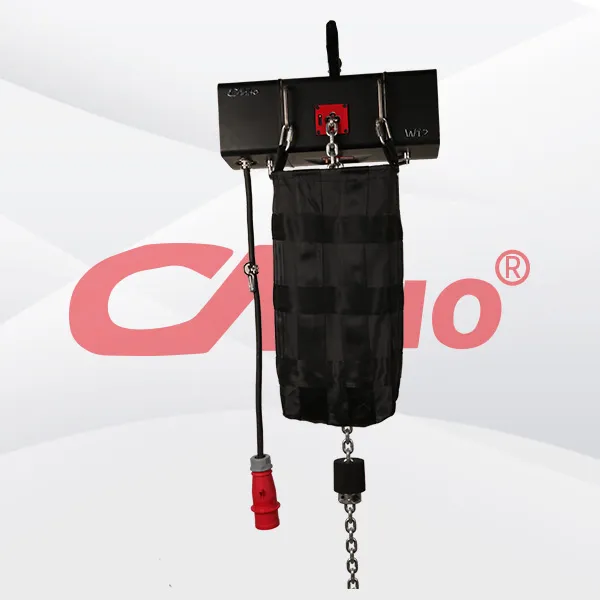

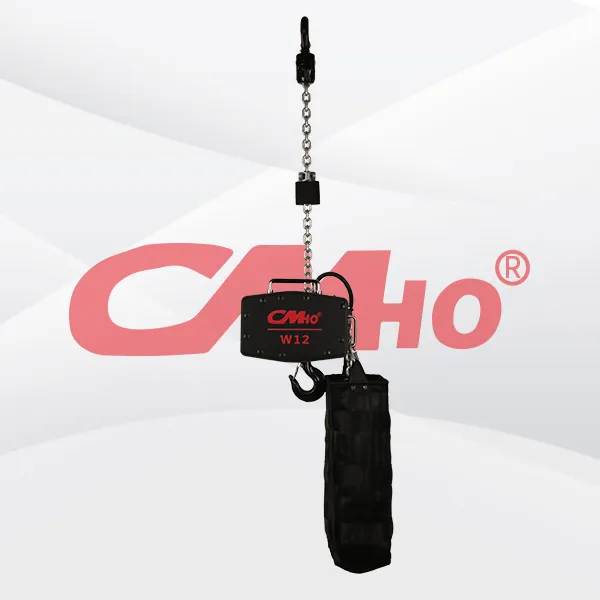





Product Details
The importance of stage electric hoist trial load
1、 Definition and purpose of trial load
Trial load refers to the load testing of stage electric hoists to verify their performance and safety under different load conditions. The main purposes of trial loading are as follows:
(1) Verify load capacity
Through trial loading, it can be determined whether the stage electric hoist can withstand the design load, ensuring that it will not experience overload during actual use, thereby ensuring the safety of stage equipment and personnel.
(2) Check operational performance
During the trial load process, the running speed, stability, braking performance, etc. of the stage electric hoist can be observed to promptly identify and solve potential problems, ensuring its smooth operation during stage performances.
(3) Ensure the effectiveness of safety devices
Stage electric hoists are usually equipped with various safety devices, such as overload protection, limit protection, etc. Trial loading can verify whether these safety devices can work properly and play a timely role in emergency situations, ensuring the safety of the stage.
2、 Steps and methods for trial loading
(1) Preparation work
Before conducting the trial load, a comprehensive inspection of the stage electric hoist is required, including visual inspection, electrical inspection, mechanical inspection, etc. Ensure that the equipment is intact, all components are securely connected, and the electrical system is functioning properly.
(2) Choose a trial load object
Select a suitable test load based on the rated load of the stage electric hoist. The weight of the test load should gradually increase, starting from a smaller load and gradually approaching the rated load. At the same time, it is necessary to ensure that the center of gravity of the test load is stable for easy suspension and lifting.
(3) Conduct a trial load
Hang the test load on the hook of the stage electric hoist, slowly lift and lower the load, and observe the operation of the equipment. During the trial load process, attention should be paid to recording the operating parameters of the equipment, such as lifting speed, lowering speed, current, voltage, etc. At the same time, it is necessary to closely monitor the working status of safety devices, such as whether overload protection is triggered and whether limit protection is accurate.
(4) Analyze the test load results
After the trial load is completed, analyze the results of the trial load. Check if there are any abnormal conditions in the equipment, such as noise, vibration, overheating, etc. Compare the test load data with the design parameters of the equipment to determine whether the performance of the equipment meets the requirements. If any problems are found, they should be repaired and adjusted in a timely manner to ensure that the equipment is in good condition before formal use.

RELATED PRODUCTS .
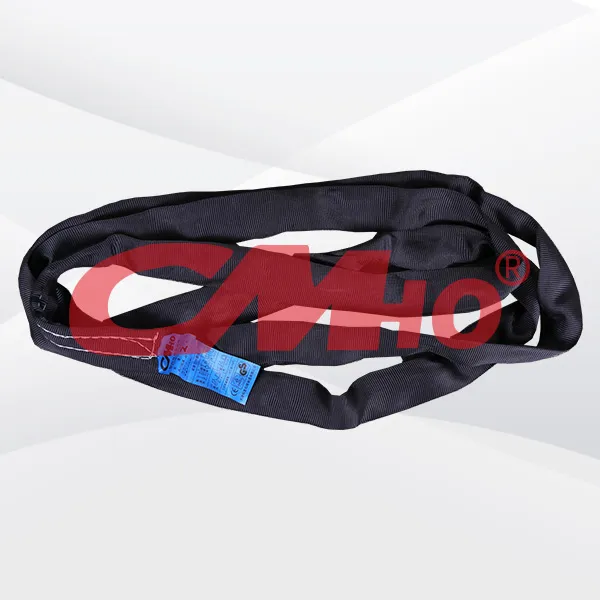
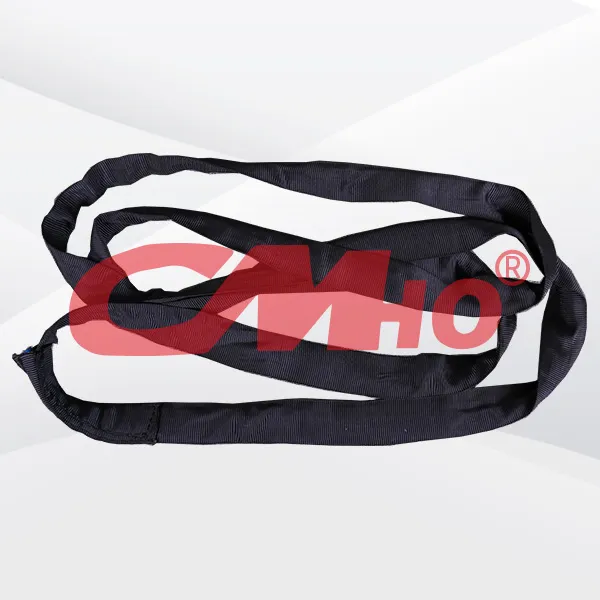
Thanks to its excellent performance and wide applicability, the polyester lifting sling belt has become one of the indispensable and important tools in lifting operations. When using it, it is necessa


The installation and debugging of the intelligent electric hoist controller should be carried out strictly in accordance with the instruction manual and relevant safety regulations. During the debuggi
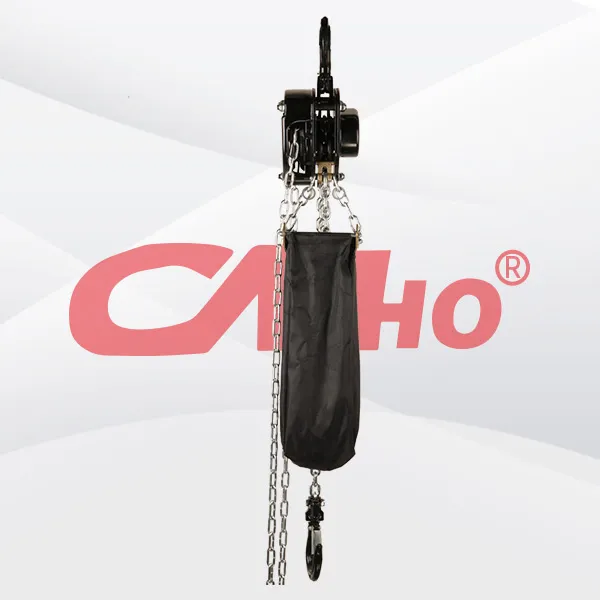
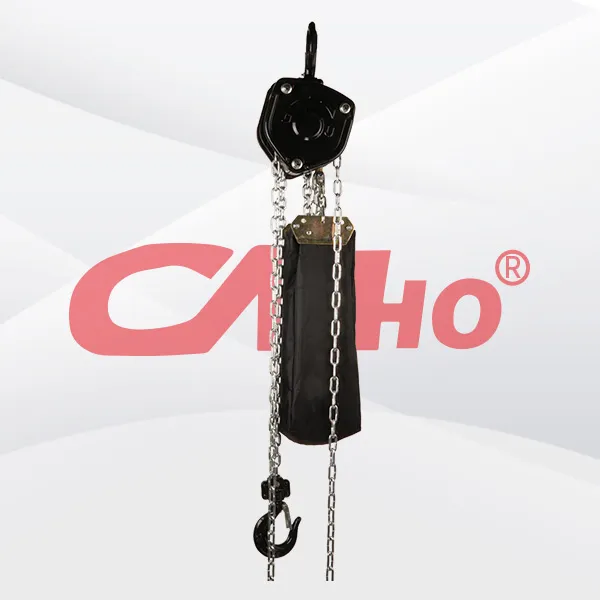
The stage manual chain hoist is a commonly used lifting tool in stage equipment, mainly composed of components such as chains, chain wheels, brakes, and hooks. Its working principle is to drive the ch
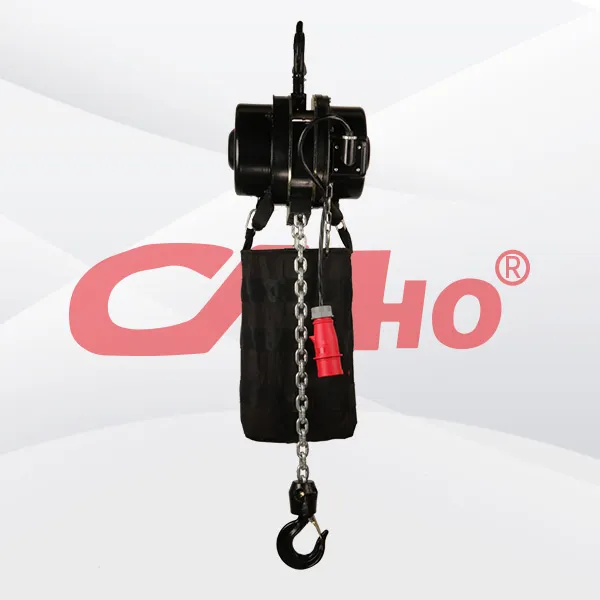
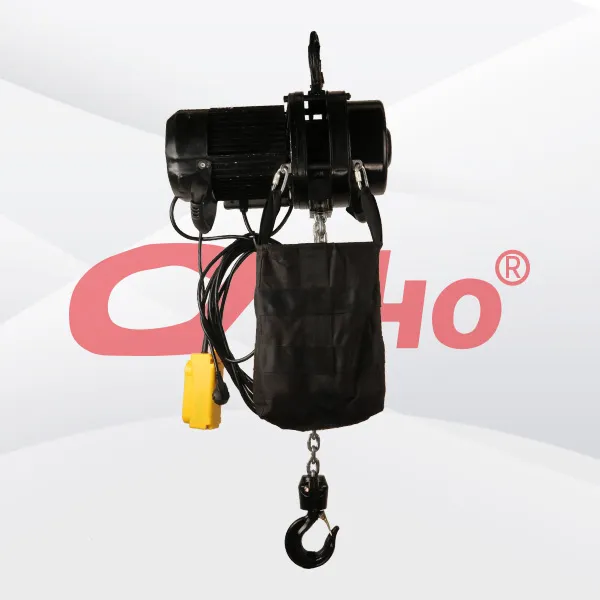
Product Name: V7 Stage Electric Hoist Test Preparation for the Precise Electric Winch Dedicated to TrussEquipment Inspection: Conduct a comprehensive inspection of the precise electric winch dedicated

2025-02-28
创始人
0
The participation of Tianjin Kemei in the Guangzho...
Tianjin Kemei made a remarkable and eye-catching appearance at the Guangzhou (International) Performing Arts Equipment, Intelligent Acoustic, Optical and Electrical Products...
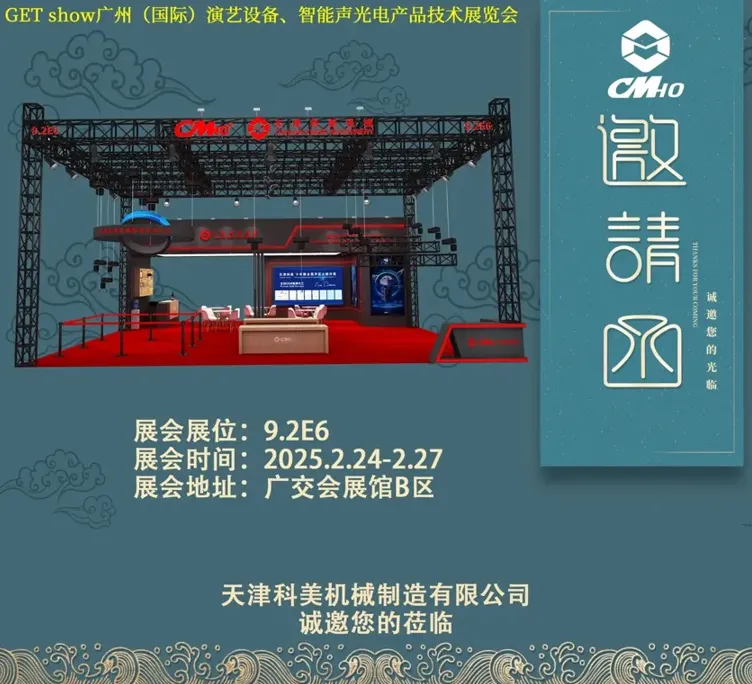
2025-02-27
创始人
0
Guangzhou (International) Performing Arts Equipmen...
In the era of the rapid development of stage lifting equipment and intelligent acousto - optic technology, every industry event serves as a crucial opportunity for innovatio...

2025-02-27
创始人
0
GET show Guangzhou (International) Performing Arts...
Tianjin Kemei Machinery Manufacturing Co., Ltd. has been deeply engaged in the stage equipment manufacturing field for many years and has developed into a modern benchmark e...

2024-09-24
admin
0
Tianjin Kemei Machinery Manufacturing Co., Ltd. Ne...
Tianjin Kemei Machinery Manufacturing Co., Ltd.: New Starting Point, New Journey - New Factory Relocation Record

